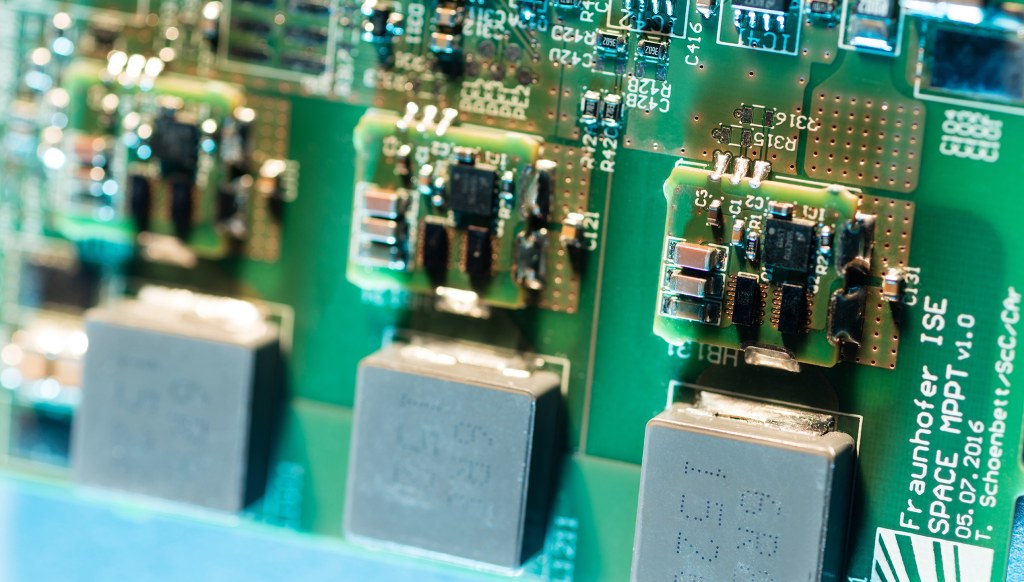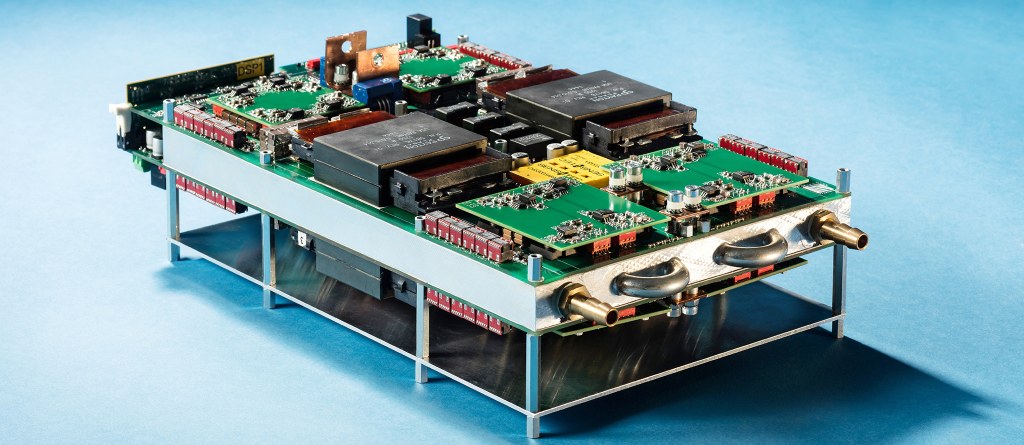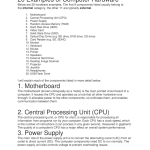Powerful Electronics X System Integration Solutions: Boost Your Business With Cutting-Edge Technology!
Electronics x System Integration
Introduction
Dear Readers,
3 Picture Gallery: Powerful Electronics X System Integration Solutions: Boost Your Business With Cutting-Edge Technology!



Welcome to our article on electronics x system integration. In today’s rapidly advancing technological landscape, the integration of electronics systems has become increasingly crucial. This article aims to provide you with comprehensive information about the topic, including its definition, benefits, disadvantages, and frequently asked questions. By the end of this article, you will have a solid understanding of electronics x system integration and its significance in various industries.

Image Source: mdpi-res.com
Now, let’s delve into the details of this fascinating subject!
What is Electronics x System Integration?
🔎 Electronics x system integration refers to the process of combining various electronic components and subsystems into a cohesive system. This integration enables seamless communication, interaction, and interoperability between different elements, resulting in enhanced functionality and performance.
🔎 The integration can involve hardware, software, and firmware components, ensuring that all subsystems work together harmoniously. This process not only optimizes overall system efficiency but also reduces costs and complexity.

Image Source: fraunhofer.de
🔎 Electronics x system integration finds applications in a wide range of industries, including automotive, aerospace, telecommunications, healthcare, and consumer electronics.
🔎 By integrating electronics systems, organizations can achieve improved product functionality, cost-effectiveness, flexibility, and scalability.
Who Benefits from Electronics x System Integration?

Image Source: fraunhofer.de
🔎 Electronics x system integration benefits various stakeholders, including manufacturers, end-users, and service providers across industries.
🔎 Manufacturers benefit from streamlined production processes, reduced costs, and improved quality control. Integrated systems enable efficient manufacturing, testing, and maintenance procedures.
🔎 End-users enjoy enhanced product functionality, reliability, and user experience. Integrated systems enable seamless communication, automation, and connectivity, resulting in improved convenience and efficiency.
🔎 Service providers can leverage electronics x system integration to offer innovative solutions and services. Integrated systems allow for better data collection, analysis, and remote monitoring, leading to improved service delivery and customer satisfaction.
When Should Electronics x System Integration be Implemented?
🔎 Electronics x system integration should be implemented during the product design and development phase. It is crucial to consider integration requirements from the early stages to ensure optimal system performance and compatibility.
🔎 Additionally, organizations may choose to integrate existing systems to improve efficiency, scalability, or functionality. Integration can be implemented during system upgrades or expansions.
Where is Electronics x System Integration Utilized?
🔎 Electronics x system integration is utilized in various industries and applications:
1. Automotive: Integrated systems in vehicles enable advanced driver assistance, infotainment, and communication features.
2. Aerospace: Integrated avionics systems improve flight safety, navigation, and communication, enhancing overall aircraft performance.
3. Telecommunications: Integrated network systems facilitate seamless communication, data transfer, and connectivity.
4. Healthcare: Integrated medical systems allow for efficient patient monitoring, diagnostics, and treatment.
5. Consumer Electronics: Integrated smart home systems provide automation, security, and convenience to homeowners.
Why is Electronics x System Integration Important?
🔎 Electronics x system integration offers several key benefits:
1. Enhanced Functionality: Integrated systems provide improved functionality and performance by enabling seamless communication and interoperability between components.
2. Cost Reduction: Integration eliminates the need for standalone systems, reducing hardware, software, and maintenance costs.
3. Scalability: Integrated systems can be easily scaled or upgraded to accommodate changing requirements and future technological advancements.
4. Streamlined Operations: Integration simplifies system management, maintenance, and troubleshooting, leading to increased operational efficiency.
5. Improved User Experience: Integrated systems offer enhanced user interfaces, automation, and connectivity, resulting in improved user satisfaction and convenience.
How Does Electronics x System Integration Work?
🔎 Electronics x system integration involves several steps:
1. Analysis: The requirements and objectives of the integration project are identified, considering the specific industry and application.
2. Design: A comprehensive system architecture and design are created, considering the compatibility and communication between subsystems.
3. Component Selection: Suitable electronic components and subsystems are selected based on their compatibility, performance, and integration requirements.
4. Integration: The selected components and subsystems are interconnected and configured to ensure seamless communication and functionality.
5. Testing: The integrated system undergoes rigorous testing to ensure its performance, reliability, and compliance with requirements.
6. Deployment: The integrated system is deployed and implemented in the desired application.
Advantages and Disadvantages of Electronics x System Integration
Advantages:
1. Improved system functionality and performance.
2. Reduced costs through elimination of standalone systems.
3. Enhanced scalability and flexibility.
4. Streamlined system management and maintenance.
5. Increased user satisfaction and convenience.
Disadvantages:
1. Initial integration costs may be high.
2. Compatibility issues between subsystems can arise.
3. Integration may require expertise and technical knowledge.
4. System downtime during integration and testing.
5. Security vulnerabilities may increase with interconnected systems.
Frequently Asked Questions (FAQs)
1. What are the main challenges in electronics x system integration?
➡️ The main challenges include compatibility issues, security concerns, and the need for interdisciplinary expertise.
2. How can electronics x system integration benefit the healthcare industry?
➡️ Integrated medical systems can improve patient care, diagnostics, and treatment efficiency.
3. Are there any risks associated with electronics x system integration?
➡️ Integration can introduce security vulnerabilities and compatibility issues if not implemented properly.
4. Can electronics x system integration be retrofitted into existing systems?
➡️ Yes, existing systems can be retrofitted with integrated components to improve functionality and efficiency.
5. Will electronics x system integration become more prevalent in the future?
➡️ Yes, with the advancement of technology, electronics x system integration is expected to become increasingly prevalent across industries.
Conclusion
In conclusion, electronics x system integration plays a vital role in today’s rapidly evolving technological landscape. It enables the seamless integration of electronic components and subsystems, leading to enhanced functionality, improved efficiency, and reduced costs. Industries such as automotive, aerospace, telecommunications, healthcare, and consumer electronics heavily rely on integrated systems to deliver innovative solutions and services.
We hope this article has provided you with a comprehensive understanding of electronics x system integration and its significance. Consider leveraging this integration approach in your business to stay ahead in the competitive market.
Final Remarks
Dear Readers,
As with any technological advancement, it is crucial to approach electronics x system integration with caution and thorough planning. While the benefits are undeniable, it is essential to consider the specific requirements, potential risks, and compatibility issues before embarking on an integration journey. Seek the expertise of professionals in the field to ensure a successful and seamless integration process.
Thank you for joining us on this informative journey. We hope you found value in this article and encourage you to explore further into the world of electronics x system integration.
This post topic: Electronics



